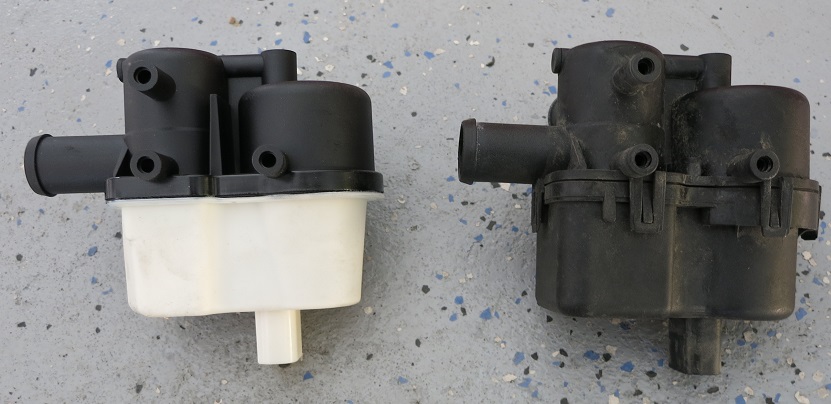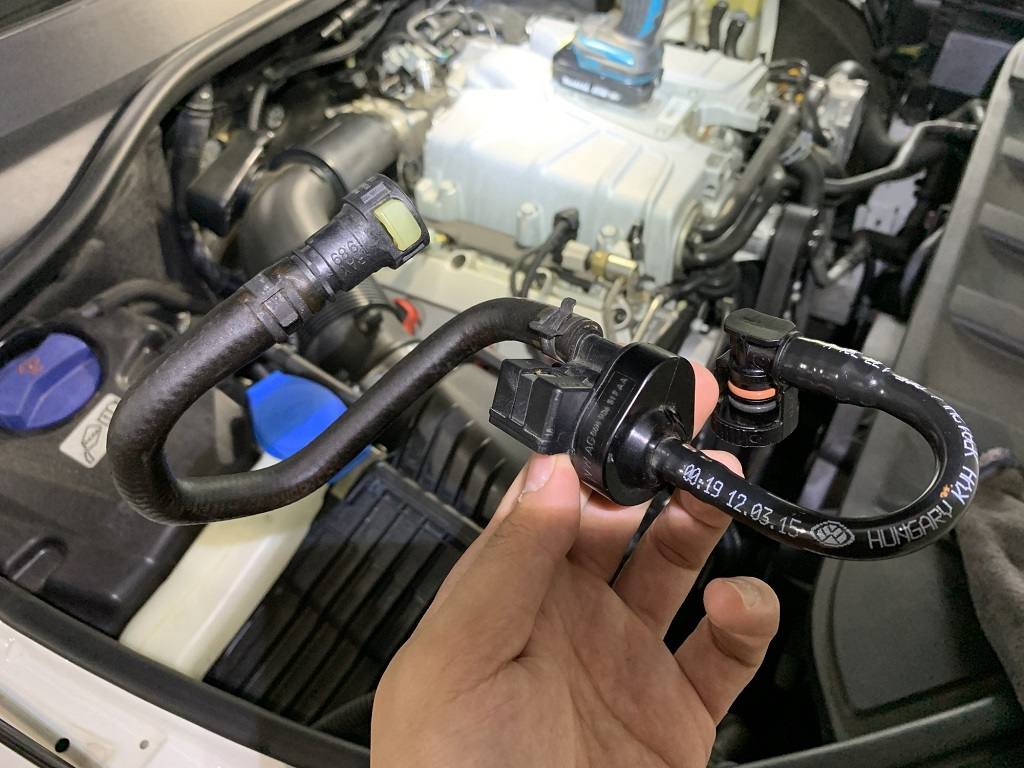Leaks in oil, coolant, and other fluids are common car problems that can lead to costly repairs. A leak detection pump (LDP) helps the evaporative emissions control or EVAP systems find those leaks. It has been around for a couple of decades but drivers often misunderstand its role.
The LDP has been introduced into vehicles decades ago. When a leak has been detected, an LDP alerts your car to emit its Check Engine Light (CEL), so you can take it to a mechanic for repair as soon as possible.
Let’s discuss how an LDP works and what it does inside your vehicle.
Contents
What Does the Leak Detection Pump Do?
A leak detection pump can be found on all modern cars, whether it’s gasoline-powered or electric-powered. It sends pressurized air into the EVAP system, forcing it to diagnose leaks.
Let’s see how it works to find out leaks before they lead to a serious problem:
The EVAP System
An LDP detects leaks in the EVAP system, which is responsible for capturing and storing vaporized gas emissions from your car’s engine.
The entire EVAP system works by collecting gases that are emitted from a vehicle’s engine during combustion. This gas would normally be released into the air, but instead, it is captured by a charcoal canister that contains absorbers.
Oxygen sensors also monitor and control this system to make sure there’s enough fresh air in the tank. If any leaks are detected while driving or during idle periods, an LDP will be activated and alert you with your car’s Check Engine Light.

LDP’s Working Mechanism
The LDP pumps pressurized air inside the EVAP system, which then performs diagnosis for leaks. The pump works with the help of several components: a vent valve, a diaphragm, a vacuum solenoid, a sensor, and several one-way valves.
The pump moves the diaphragm in an up and down motion with the help of the vacuum. The solenoid helps with controlling the rhythm of the motion and thereby putting pressure on the EVAP system.
After reaching the maximum pressure, the movement stops and the vent valve gets closed. As a result, the EVAP system gets sealed and the ECU begins the leak diagnosis process.
To keep the EVAP sealed, the pump’s diaphragm has to stay in the up position to maintain a certain level of pressure. No anomaly in the sensor reading means there is no leak. However, if the ECU detects oddities in the readings, it will trigger the Check Engine Light.
SEE MORE
What to Do If a Leak Is Found?
If a leak is detected, it can be costly to fix. Upon discovering any signs of leaks in the EVAP system, you should consult an expert mechanic to check everything and repair the parts in question.
Conclusion
The leak detection pump (LDP) is an important piece of equipment in detecting any leak in the EVAP system. Be alert for the Check Engine Light since it indicates a leak in the system along with many other problems. If you suspect that your car has a leak, take it to a car repair shop.



